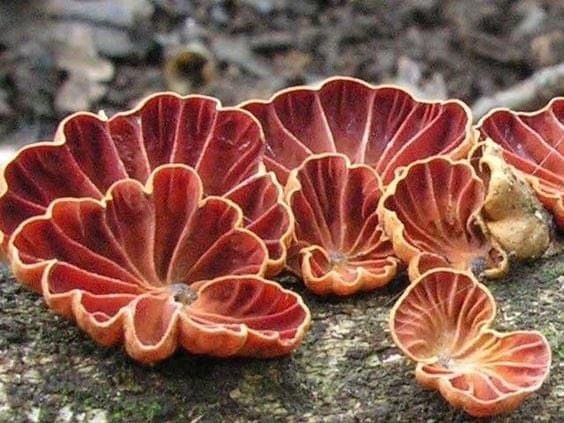In the hidden realms of the natural world, an often overlooked but incredibly diverse kingdom thrives – fungi. From the towering mushrooms in dense forests to the microscopic molds flourishing in the corners of our homes, the fungal kingdom unveils a spectacular display of biodiversity that plays a vital role in the delicate balance of ecosystems.
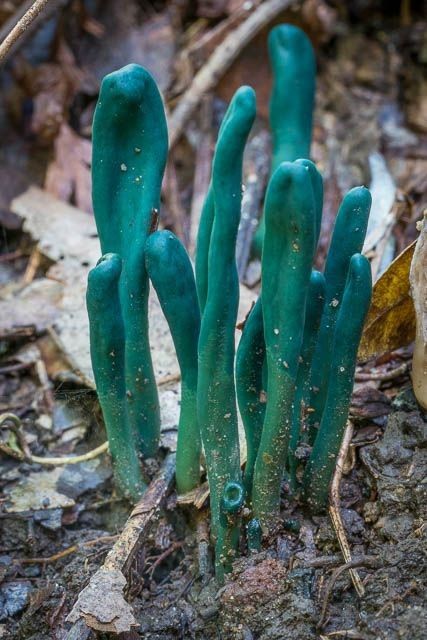
Fungi, comprising an estimated 5.1 million species, exhibit an astonishing range of shapes, sizes, and functions. The classic toadstools and mushrooms that adorn forests are just the tip of the mycological iceberg. The diversity within the fungal kingdom encompasses yeasts, molds, lichens, and mycorrhizal fungi, each contributing to the intricate dance of life in unique and indispensable ways.
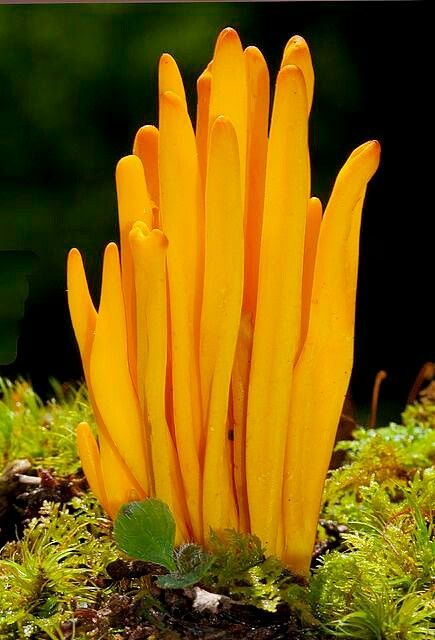
Mushrooms, as the charismatic representatives of fungi, vary from the whimsically shaped chanterelles to the elegant enoki. The vast array of colors, sizes, and textures found among mushrooms showcases nature’s artistic flair in the design of these fungal wonders. Some fungi even emit bioluminescence, transforming nocturnal landscapes into enchanting scenes straight from a fairy tale.
Beyond their aesthetic appeal, fungi play crucial ecological roles. Mycorrhizal fungi form symbiotic relationships with plants, aiding in nutrient absorption and fostering healthier ecosystems. Decomposer fungi, like the industrious oyster mushroom, break down organic matter, recycling nutrients and contributing to the cycle of life. Meanwhile, yeasts contribute to the fermentation processes responsible for the creation of culinary delights like bread, beer, and wine.
The medicinal potential of fungi is also gaining recognition. Species like the reishi mushroom are revered in traditional medicine for their purported health benefits, ranging from immune system support to stress reduction. The intricate biochemistry of fungi holds promise for developing novel pharmaceuticals and medical treatments, underscoring their significance in human health.
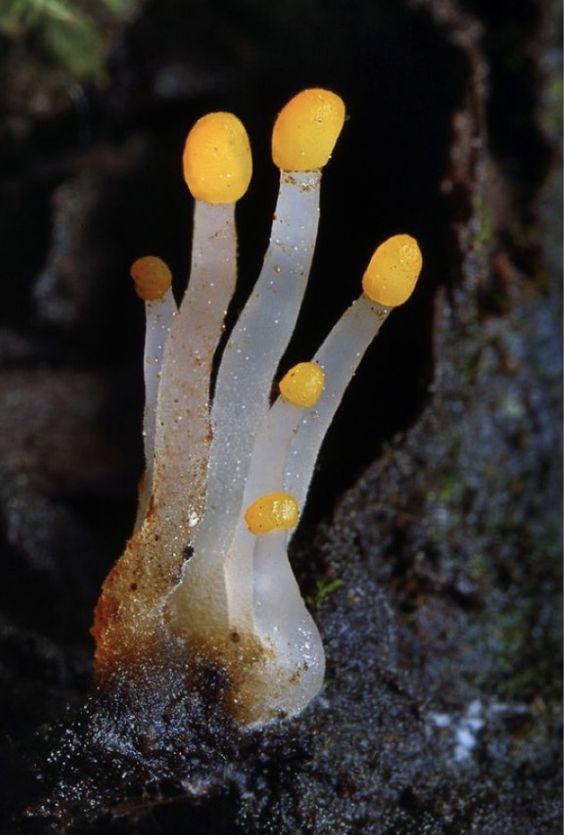
However, the world of fungi extends beyond terrestrial landscapes. Aquatic fungi thrive in freshwater and marine environments, contributing to nutrient cycling and the breakdown of organic matter in aquatic ecosystems. The diversity of fungal life underwater adds another layer to the already complex web of biodiversity that sustains life on Earth.
As we delve into the rich tapestry of fungal diversity, it becomes clear that these remarkable organisms are not just silent spectators in the grand theater of nature. They are active participants, shaping ecosystems, influencing human cultures, and offering solutions to ecological challenges. The study of fungi, known as mycology, continues to unravel the mysteries of these intricate organisms, revealing the depth of their contributions to the intricate mosaic of life on our planet.
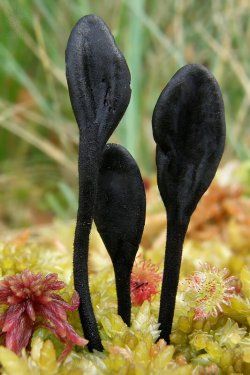
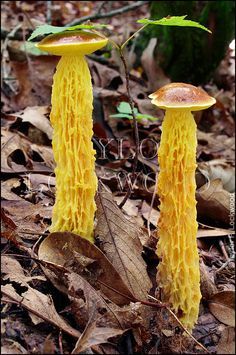

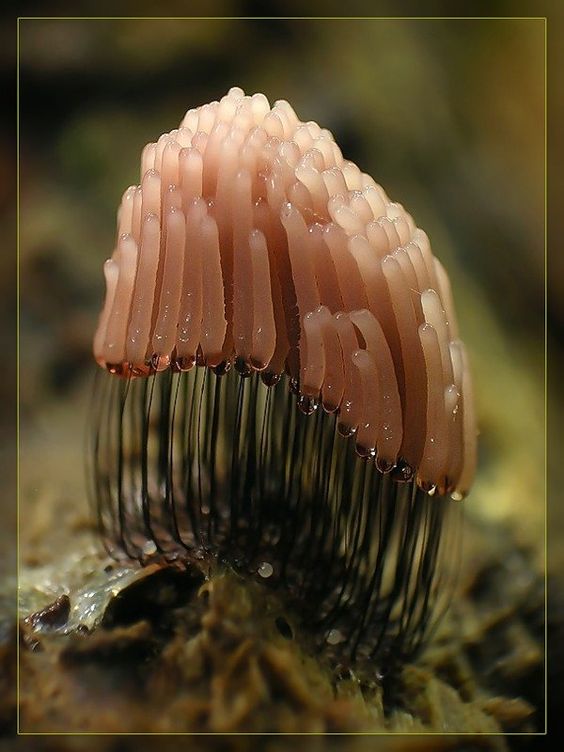
In conclusion, the incredible diversity of fungi highlights the importance of recognizing and preserving the rich tapestry of life that flourishes around us. From ancient forests to microscopic ecosystems, fungi stand as a testament to the profound intricacies of nature’s design, reminding us that within the fungal kingdom lies an awe-inspiring diversity that beckons further exploration and understanding.

